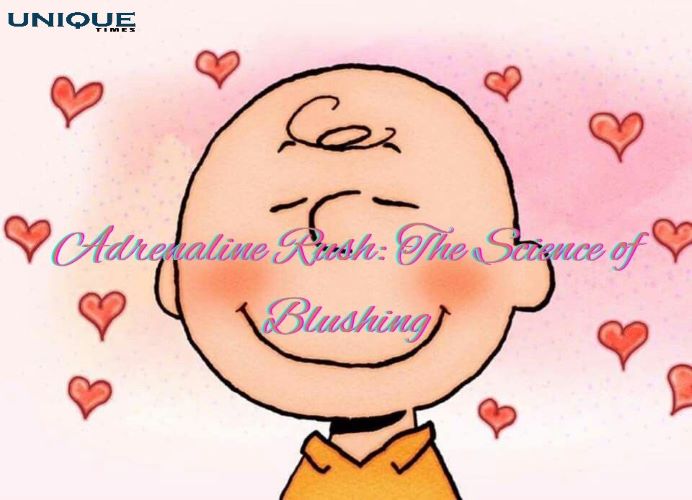The Rosy Mystery: Blushing Unveiled

Blushing—a natural phenomenon that can be both charming and embarrassing. Whether it’s triggered by a compliment or an awkward situation, those telltale rosy cheeks have puzzled and intrigued us for centuries. But what exactly causes this blush? It turns out that the culprit behind blushing is none other than a rush of adrenaline, the same hormone that fuels our “fight or flight” response. Let’s dive into the science of blushing and uncover the fascinating role adrenaline plays in this phenomenon.
The Blushing Reaction
Blushing occurs when the blood vessels just beneath the skin’s surface dilate (widen) and allow more blood to flow through them. This increased blood flow to the cheeks, ears, and sometimes the neck results in the characteristic reddening of the skin. But what triggers this vascular response?
Adrenaline: The Star of the Show
The key player in the blushing process is adrenaline, also known as epinephrine. Adrenaline is a hormone and neurotransmitter produced by the adrenal glands in response to stress or emotional triggers. It’s part of the body’s “fight or flight” response, which prepares us to react quickly to potential threats.
The Fight or Flight Response
When we encounter a situation that induces stress or anxiety, our brain signals the adrenal glands to release adrenaline into the bloodstream. Adrenaline prepares the body for action by increasing heart rate, dilating airways, and redirecting blood flow to the muscles. It’s all about getting us ready to face a challenge or make a quick escape.
Adrenaline and Blushing
So, how does adrenaline cause blushing? When adrenaline is released, it causes the blood vessels beneath the skin to dilate, particularly in the cheeks. This dilation allows more blood to flow to the surface, resulting in the noticeable redness we associate with blushing.
The Emotional Connection
While adrenaline is the physiological trigger for blushing, the emotions associated with a situation play a significant role. Embarrassment, shyness, and social anxiety are common emotional triggers for blushing. These emotions activate the body’s stress response and stimulate the release of adrenaline, which, in turn, leads to blushing.
The Universality of Blushing
Blushing is a universal human experience, transcending cultures and languages. It’s a visible manifestation of our emotional responses and vulnerability. While it can be uncomfortable, blushing is a natural and uncontrollable reaction that reminds us of our shared humanity.
Conclusion
The next time you find yourself blushing, whether due to a compliment, a social gaffe, or any other emotional trigger, remember that it’s your body’s way of responding to stress and emotions. Adrenaline, the same hormone that prepares you for action in challenging situations, is behind those rosy cheeks. So, embrace your blush as a sign of your emotional sensitivity and the intricate ways in which your body responds to the world around you.
Picture Courtesy: Google/images are subject to copyright








